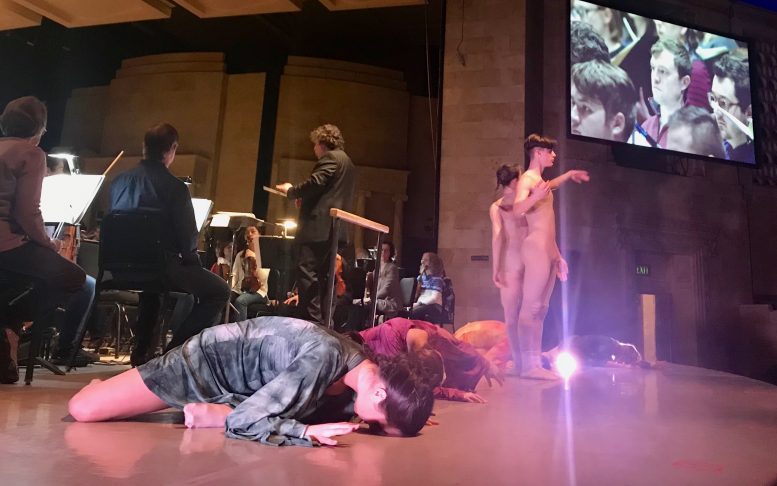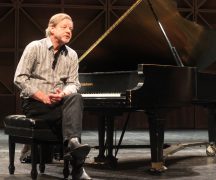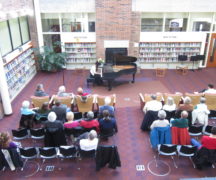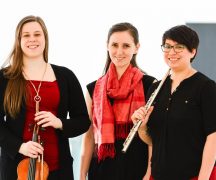By DAVID DUPONT
BG Independent News
You would think it impossible to make Carmina Burana even more dramatic.
After all the opening and closing movement “O Fortuna” has been repurposed for movie scores, TV shows, professional football and wrestling, and advertising beer and barbecue ribs and the list goes on.
Yet the hymn to the fickleness of fate retains its power, especially when performed live. Though that gut-grabbing opening is the hit of Orff’s “scenic cantata,” the hour of music between its two appearances is just as gripping and visceral.
Tonight (Friday, Feb. 14) and Saturday (Feb 15) at 8 p.m. the Toledo Symphony Orchestra with the massed voices of Bowling Green State University choruses — men’s, women’s and the University Choral Society — will perform the piece in all its glory. There’s also the requisite three vocal soloists and a children’s choir.
The symphony led by music director Alain Trudel has upped the ante. A half dozen of the finest young dancers from the Toledo Ballet perform in front of the mass of instrumentalists and singers. Their movements magnify the primal, bawdy themes of the ancient Latin poetry that inspired Orff. The lead dancers, Nora Light and Jarrett Yeary, wear body hugging, flesh-colored costumes, befitting the grace, sensuality and vulnerability they project.
That’s 288 performers on the Peristyle stage, Trudel told orchestra subscribers at an event Thursday to unveil next season.
After the announcement of what’s to come, Trudel talked about the program at hand. It will open with “Orion” by Trudel’s fellow French-Canadian Claude Vivier. It’s a forceful, modern piece whose theme of alienation fits with “Carmina Burana,” he said.
The orchestra invited its guests Thursday “into our kitchen,” as the conductor said, to hear the dress rehearsal for the performances. It’s not easy for an orchestra to have 200 people listening as they preparing the concert. It’s like watching a chef preparing a meal. “Now we show you the recipe a little bit more,” he said. That’s a rare privilege.
“I feel fortunate to be at the head of this program because it represents a lot of what I believe an orchestra can be,” the conductor continued. Part of that is striving for musical excellence. It also involves a merger of different forms of art with the use of creative lighting, the dancers, and the artful editing of the high definition projections above the stage.
For Trudel the collaboration is essential. He lavished praise on the dancers using choreography by Michael Lang, the Toledo Ballet’s resident director and choreographer, the BGSU choruses directed by Mark Munson, and the children’s chorus directed by Nicolo Spadafore. The ballet is the orchestra’s partner in the two-year-old Toledo Alliance for the Performing Arts.
“It’s kind of a group effort of what’s best here,” Trudel said. “We don’t say ‘let’s try to import something that will make it good.’ No! It’s good.
It’s from here, and we’re really proud to present it.”
The soloists were brought in from elsewhere. They include tenor Christopher Pfund who specializes in the wrenching “Roasting Swan” solo that is accompanied by dancer Light depicted as a swan being turned on a spit.
This is one of the most striking examples of how the piece is dramatized.
The soloists — Pfund, soprano Holly Flack, and baritone Andrew Garland — interact with the dancers who throw their bodies into expressing the words of the poetry.
This in turn, Trudel said, makes the members of the audience “feel like you’re a partner, like a witness.”
What they will witness is the kind of riveting and meaningful performance that such a classic demands.
***
The orchestra expects a full house for the performances. To check ticket availability, call the symphony box office at 419-246-8000.





